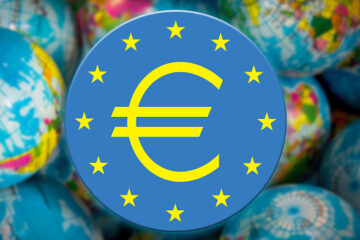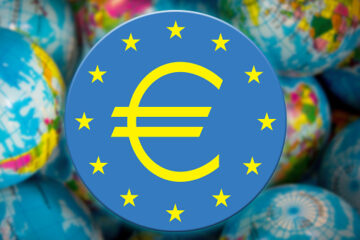As more and more Americans rely on credit to navigate daily expenses, the traditional credit scoring system faces growing scrutiny. Christian Widhalm, CEO, Bloom Credit, joined TheStreet to discuss the limitations of traditional credit scoring and the potential benefits of alternative credit data.
Related: Americans tally record high credit card debt — how it affects you
Full Video Transcript Below:
CONWAY GITTENS: So there’s a lot of discussion about credit scoring and credit data right now. Can you talk to me about the difference between traditional credit scoring and alternative credit scoring.
CHRISTIAN WIDHALM: Yeah, for sure. Look, and I think one thing that’s important to understand for especially on the consumer side, is that credit is kind of like the chicken or the egg. If you don’t have credit, it’s tough to get credit. So I think before getting into the alternative side, it’s important to understand what’s going on with traditional credit reporting. The way that it’s structured today is that you have three main credit bureaus in the United States, TransUnion, Equifax and Experian, and they get all of their data on consumers from monthly reports that are sent from lenders that have repayment information on things like loans, credit cards that ultimately make their way into the major credit bureaus. Now, traditionally, these have been limited to those types of products.
Watch More Interviews:
Ray J’s blunt advice for aspiring entrepreneursDave Ramsey reveals why Americans keep spending despite economic gloomRemote work is stable and here to stay says ZipRecruiter economistLiz Ann Sonders: How to invest in AI hype without stock picking
The problem today is that credit data today is way more complex than it was 10 years ago. And at the same time, credit data today is less complex than it will be in the future, and that’s because of a few different things. One is the introduction of new types of products and services that have been coming in more novel financial products, things like BNPL and ultimately the way that consumers have changed their behavior around credit products has led to this sort of change. With fintech, financial technology companies, they are working on the ability to take all of this new types of data in to help actually benefit the broader ecosystem and specifically the consumers for being able to access more affordable credit. And that’s where the shift starts going from traditional scoring to now alternative scores that are going to include more types of data.
CONWAY GITTENS: And so if the data is or the data are king right, what kind of data should be included in this new alternative model?
CHRISTIAN WIDHALM: Yeah, sure. So there’s a bunch of different types of data that ultimately can be included. A lot of it actually resides within the checking accounts of consumers. A lot of consumers, especially those that don’t have access to a lot of credit, they’re transacting through cash, through their checking accounts. And there’s a lot of real golden information in there that can actually help them demonstrate credit worthiness. Things like monthly recurring obligations such as rent, telco, right. Their cell phone bill, their utilities payments, water, gas and electric that can go in, among others. BNPL repayment, which isn’t really taking full force yet, is also in the mix there actually to help bolster the ability for consumers to demonstrate their credit worthiness in new ways.


